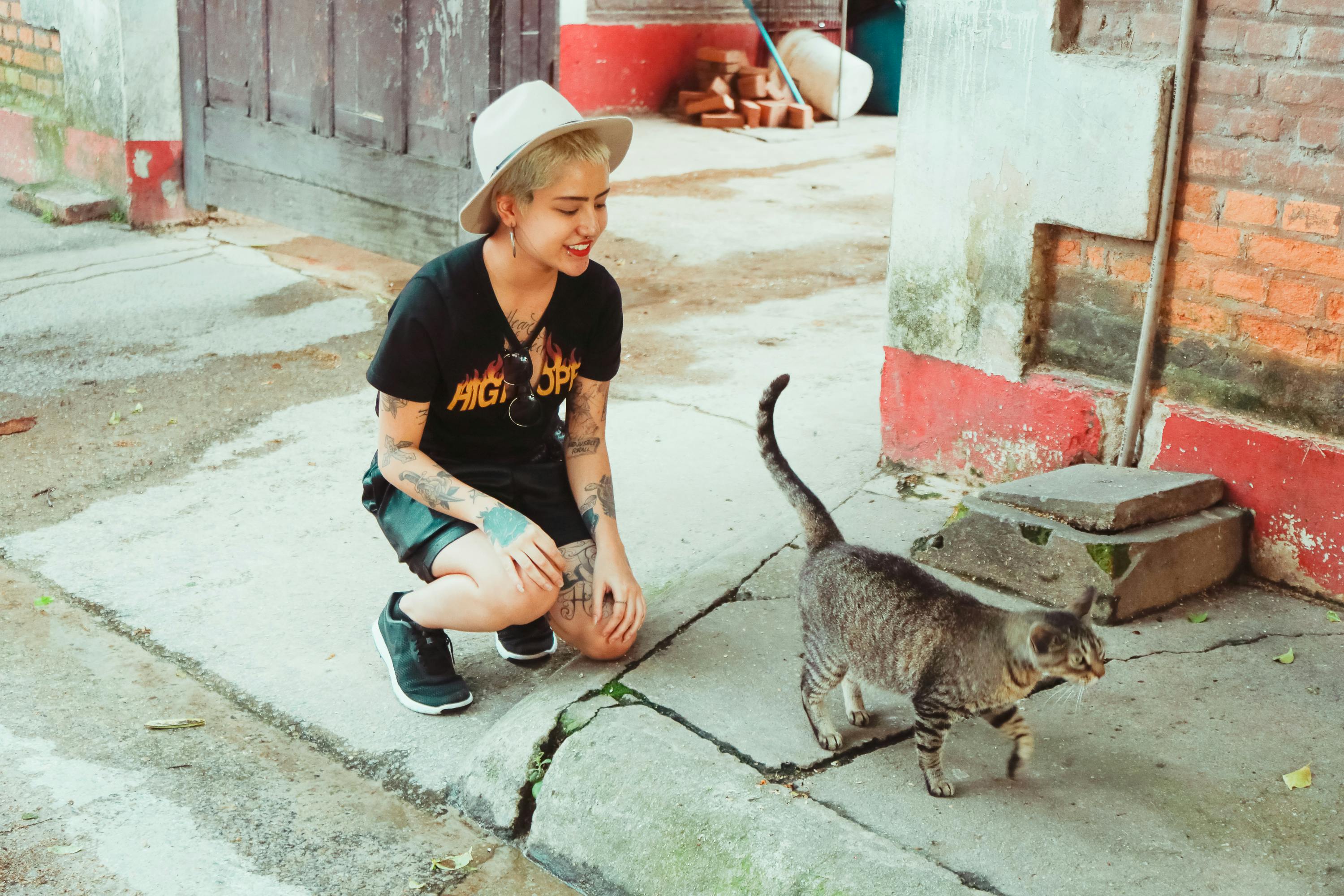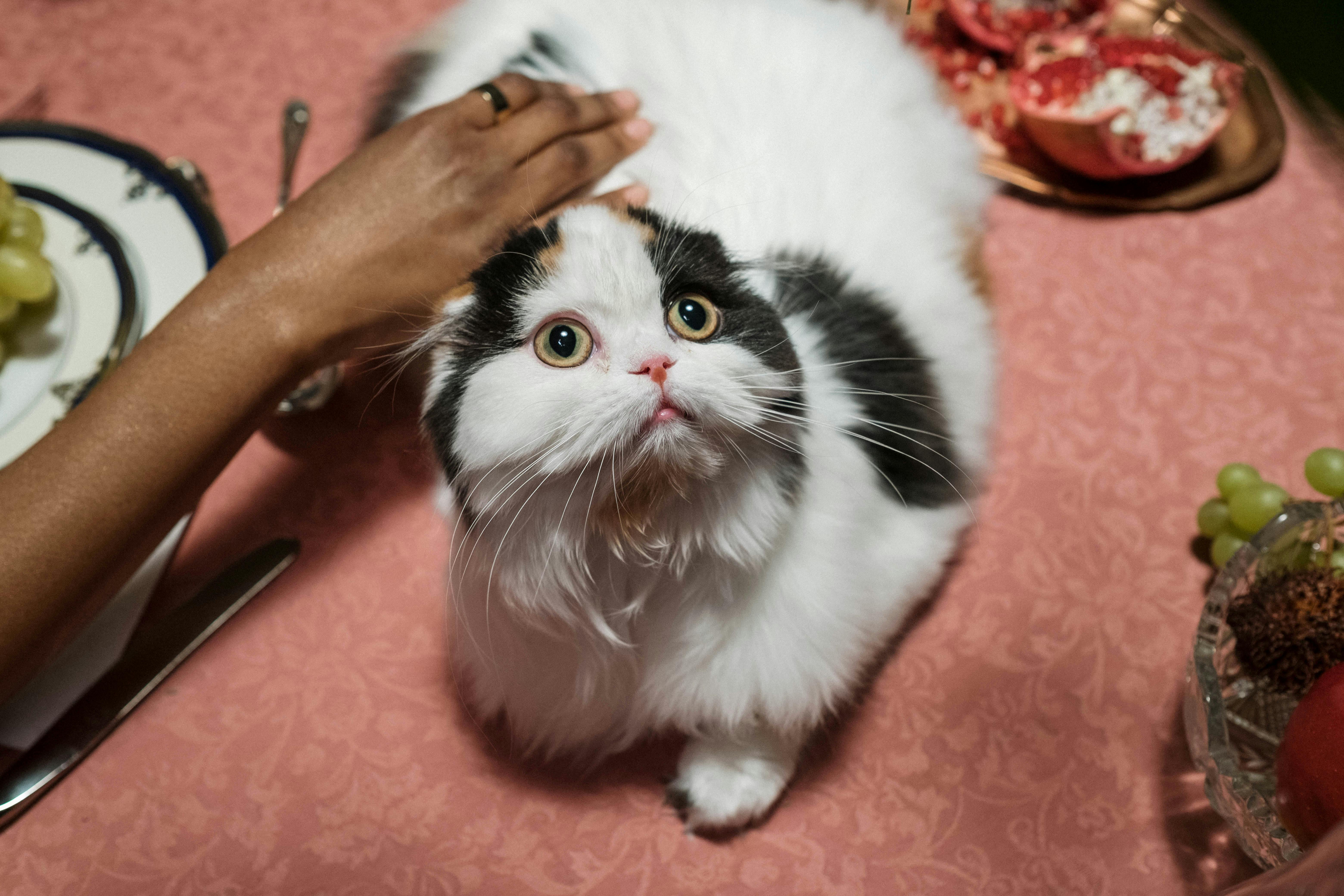Do you want to live a great adventure? Make sure you go on an African safari at least once in your life. It’s a great adventure that most people would really enjoy, especially on a custom designed safari like the one I did. It was specifically designed by Safari Kay to place us right there in the great African Serengeti with the wildest animals in Tanzania Africa.
After an exciting two-day stay in the Ngorongoro Crater where we saw many wildlife, we set off from Lake Manyara en route to Grumeti airstrip for our next safari camp. Once we boarded the plane, the nearly hour-long flight to Grumeti airstrip flew by. Upon landing, we were greeted by the camp rep and our driver. We then headed to a luxury mobile tented camp run by Didas Godfrey. He was in charge of the operation of that specific camp for Conservation Corporation Africa (CC Africa).
Our camp in particular, CC Africa Under Canvas — Serengeti is a mobile tent camp that follows the bi-annual migration of wildebeest and zebra. That’s where we stayed for a few days. It’s in the Serengeti and happened to be a short drive from their other permanent tented camp.
Located in northwestern Tanzania, the Serengeti The ecosystem extends to southwestern Kenya. It stretches for about 30,000 square kilometers or nearly 12,000 square miles. The Serengeti is home to the world’s largest and longest land migration, a semi-annual occurrence of more than a million wildebeest and some 200,000 zebras. This migration is considered one of the ten natural travel wonders of the world. The region contains the Serengeti National Park and several other national parks and game reserves. Serengeti is derived from the Maasai language, Maa; specifically “Serengit”, which means “Endless Plains”.
In the morning we would wake up early, leave our tents and head out on a safari adventure with our guide and driver Frank Kivuyo. Frank is a native of that general area. In fact, Frank is a Maasai who has been lucky enough to have a great job doing what he loves the most, being out in nature experiencing nature and animals in their natural glory. Most Maasai live in Maasai villages scattered throughout Tanzania and Kenya. They have resisted integrating into the society around them and prefer to continue living in their native and traditional ways.
Frank is one of the exceptions to that tradition, though he indicated that could change. He currently plans to study more about animals, conservation and ultimately do some serious research in that field once he finishes college. He will be finalizing his college choices this September (2008) after some personal interviews he has arranged.
Had Frank stayed with the traditional Maasai ways, he could be herding sheep or possibly become a Maasai warrior (see http://en.wikipedia.org/wiki/Maasai_warriors). That doesn’t seem like the Frank we got to know, but who knows, tradition is a very powerful influence.
We’d go up to his “office,” his trusty Toyota Land Cruiser, and head to wherever Frank thought was the best chance of finding something interesting or new. All of his eyes were on the bushes, the trees, and any animals hiding in the tall grass.
Every once in a while one of us seemed to blurt out, “Look behind the bush” or “What’s that over there?” etc. We got so good at spotting all kinds of non-animal things that Frank, our guide, was like, “That’s an ALT.” It is pronounced as letters, not as a word. That’s a term that Frank had coined. An ALT was an “animal-looking thing.”
We had already seen many of the animals that roam the Serengeti, but with each outing we would see something new. We would also learn a little about the history and habits of animals from Frank, who was very interested in animals, especially elephants. We had gotten used to seeing elephants, hippos, crocodiles, impalas, Thompson’s gazelles, wildebeests, zebras and the like, but each sighting was still something new and different. That’s why every time you go on safari, even to the same place, it’s a new and different adventure.
We even invented a kind of game where someone would brag about being the next to spot a specific animal. They were usually wrong, and of course they would be punished for it. That little game continued for the rest of our safari. I bet overall we must have seen over a hundred AL-Ts. Now you may be wondering how that could happen. You’ll find out right away if you go on an African safari and scan the Serengeti or other area for the elusive leopard, cheetah or other hard-to-spot animal.
Continued in Part II



